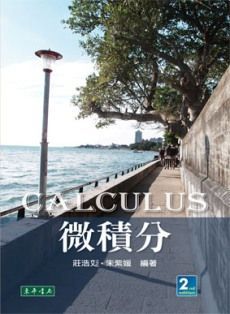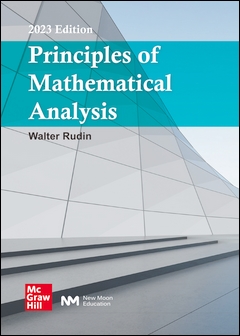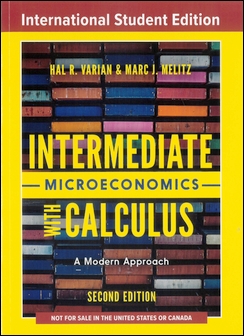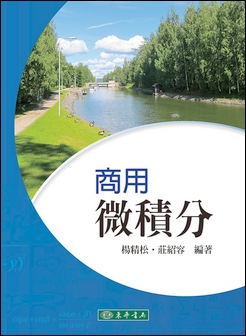書籍分類
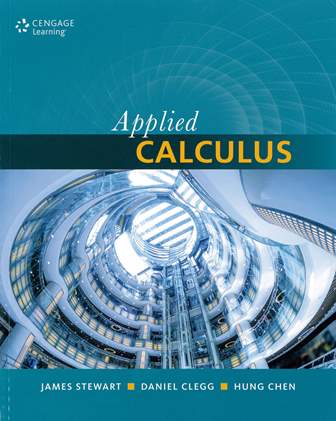
Applied Calculus
作者:James Stewart, Daniel Clegg, Hung Chen
原價:NT$ 1,150
ISBN:9789865632090
版次:1
年份:2015
出版商:Cengage Learning
頁數/規格:672頁/平裝彩色
版次:1
年份:2015
出版商:Cengage Learning
頁數/規格:672頁/平裝彩色
內容介紹 本書特色 目錄
- Description
Applied Calculus is designed as an introduction to calculus for students in business, economics, and the social sciences. To address the trend of information-based economy and decision making, representation of table-property data in functional form is addressed. We take an informal, intuitive approach to the subject, without sacrificing mathematical integrity. And we aim to balance conceptual understanding with technical skills.
There is a wide range of students’ abilities in the applied calculus course and we have taken steps to address this phenomenon: On the one hand, we know that there are many students with weak algebraic skills and so we provide careful, patient explanations in the exposition and plenty of algebraic steps in the solutions of the examples. And before some of the exercise sets we include warm-up problems called “Prepare Yourself” to practice the skills needed for the exercises that follow. On the other hand, in such a course there are usually some students who are quite mathematically talented and accordingly, not wanting to neglect them, we have placed a collection of problems labeled “Challenge Yourself” at the end of most exercise sets.



